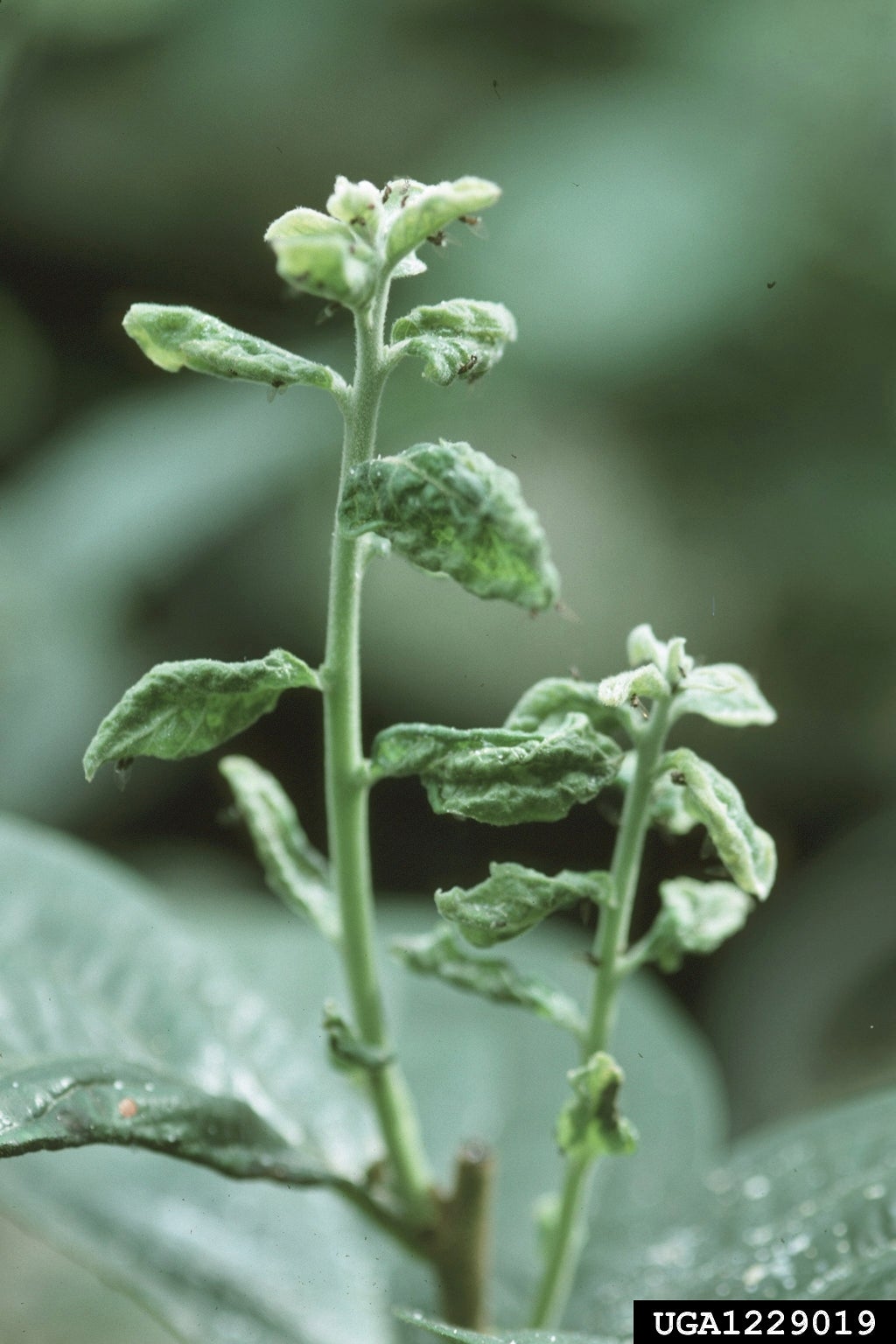Curled Persimmon Leaves – Why Persimmon Leaves Are Curling


Persimmon trees, both native and non-native, are common in the warm climate of the southern United States. Although persimmon trees are generally durable and easy to grow, persimmon leaf curl is an indication that something isn’t quite right. If you’ve noticed curled persimmon leaves, careful troubleshooting is in order. Let’s investigate the possible reasons for curling leaves on persimmon trees.
Leaves Curling on Persimmon from Pests
Persimmon psyllid – Persimmon psyllid is a tiny, aphid-like pest that feeds on leaves, causing rolled and curled persimmon leaves. The damage is generally cosmetic and damage isn’t severe, although new growth may be deformed and stunted.
Application of dormant oil in late winter or early spring, applied just before new leaves appear, will help keep persimmon psyllids in check. The pests are found anywhere persimmons are grown, but they’re most common in the southeastern United States.
Scale – Scale is another pest that feeds on plant juices and may be to blame when persimmon leaves are curling. Although the pests generally don’t kill persimmon trees, they can weaken the trees and make them more susceptible to disease and other pests.
Dormant oil applied in spring is usually a good solution for scale.
Blister mites – Blister mites can cause curled persimmon leaves, as well as a blistered appearance on leaf surfaces and yellow or orange spots on the undersides. The tiny mites lay eggs in spring. Once hatched, they reproduce quickly and are easily distributed from tree to tree by wind.
The damage caused by blister mites is usually cosmetic and the pests are easily controlled with insecticidal soap sprays. Spray carefully and thoroughly to reach hidden pests.
Sign up for the Gardening Know How newsletter today and receive a free copy of our e-book "How to Grow Delicious Tomatoes".
Orange tortrix leafrollers – These leafrollers are the caterpillars of orange tortrix moths. The pests roll themselves up in persimmon leaves and seal the leaves with white webbing. Leafrollers generally don’t require pesticides.
The safest way to control leafrollers is to plant nectar-rich plants, such as yarrow and zinnia. The blooming plants will add beauty to your garden while attracting braconid wasps. They tiny wasps don’t harm people but they feed heavily on leafrollers.
Other Reasons for Curling Leaves on Persimmon Trees
Young persimmon trees are sensitive to fertilizer and too much may cause persimmon leaf curl. Don’t fertilize persimmon trees at planting time. Once the trees are mature, apply a balanced fertilizer in late winter or early spring. You can also use a product formulated for citrus trees.
Although persimmon trees tolerate short periods of drought, excessive dryness may contribute to curled persimmon leaves. As a general rule, water persimmon trees once a week during spring and summer, increasing to twice if weather is extremely hot and dry.

A Credentialed Garden Writer, Mary H. Dyer was with Gardening Know How in the very beginning, publishing articles as early as 2007.